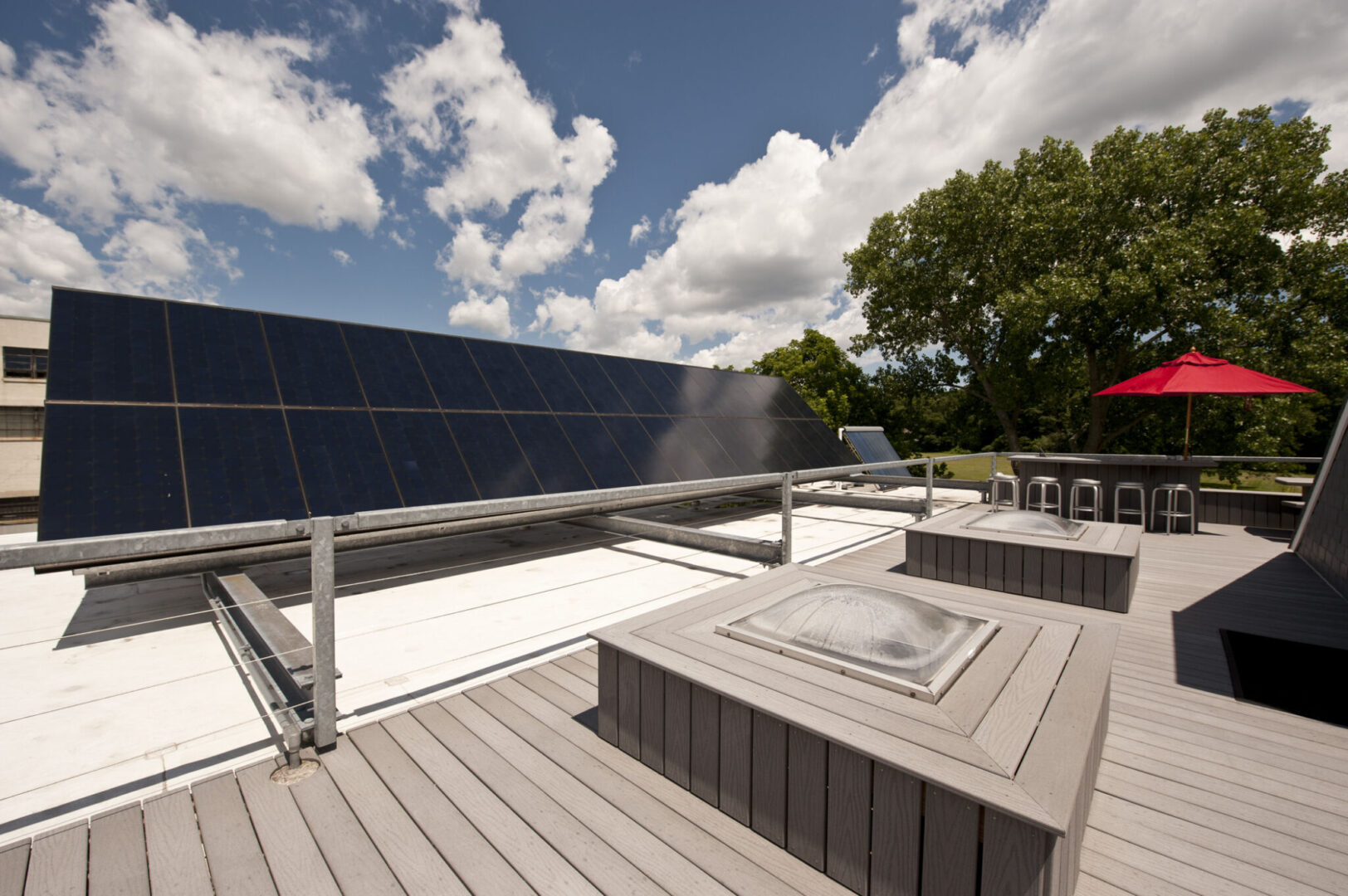By: John Hyde, Senior Sustainability Manager
It’s no secret that the construction industry has a significant impact on the environment. Research by the U.S. Green Building Council (USGBC) suggests that our industry accounts for 40% of worldwide energy usage and estimates that emissions from commercial buildings will grow 1.8% by 2030.
At Chapman, we’ve worked hard to build our reputation as sustainably minded construction managers who deliver high-quality, durable projects. Over the years, we’ve completed dozens of sustainable projects, including the LEED Platinum renovation of our own solar-powered Newton headquarters. As the effects of climate change become ever more visible here in New England, we’re undertaking another big step to make a positive environmental impact: We’ve committed to making Chapman carbon neutral by 2030, becoming the first New England general contractor to make such a pledge.
While there is no simple guide to becoming carbon neutral, the U.S. Environmental Protection Agency (EPA) has developed a framework consisting of three scopes for organizations looking to eliminate their carbon emissions. After conducting thorough research, we are targeting EPA Scopes 1 and 2.
EPA Scope 1 includes direct emissions from sources that are controlled by Chapman, such as fuel use by company vehicles and maintenance equipment, natural gas for RTUs and cooking, and fugitive emissions from refrigerants. Scope 2 includes indirect emissions from sources not controlled by Chapman, like those from purchased grid electricity. We are committed to eliminating all emissions from fossil fuels, fugitive refrigerants, and purchased electricity by 2030.
Chapman engaged a consultant to help understand our current operational carbon footprint (OCF). The OCF serves as a baseline to help measure our progress. Additionally, we conducted a whole building air leakage test, calculated our energy use intensity, measured solar production, and began tracking vehicle use.
Further reducing our energy loads and engineering are our next steps. We’ll air seal, insulate, and fine-tune our electricity loads. The HVAC plan includes a variable refrigerant flow (VRF) system with energy recovery ventilation (ERV) to provide fresh air year-round and healthier indoor air quality for employees. We’ll also add more charging stations and expand our electric vehicle fleet. The increased electricity demand will require an expansion of our 47kW solar PV system array.
In conjunction with our work on Scopes 1 and 2, we are proactively making progress with Scope 3 where possible. This scope includes embodied carbon budgets, reviewing opportunities to reduce emissions from construction activity, and focusing on the responsible use of biogenic materials. We haven’t established a target date for meeting Scope 3 requirements since it is dependent on industry-wide decarbonization.
Decarbonizing and preserving the natural world are monumental challenges, but we can overcome them if we all get on the path. We are committed to leading the way toward a more sustainable future through collaboration with our network of owners, designers, manufacturers, and subcontractors.
Read about the phase one completion of our carbon neutral plan here.


